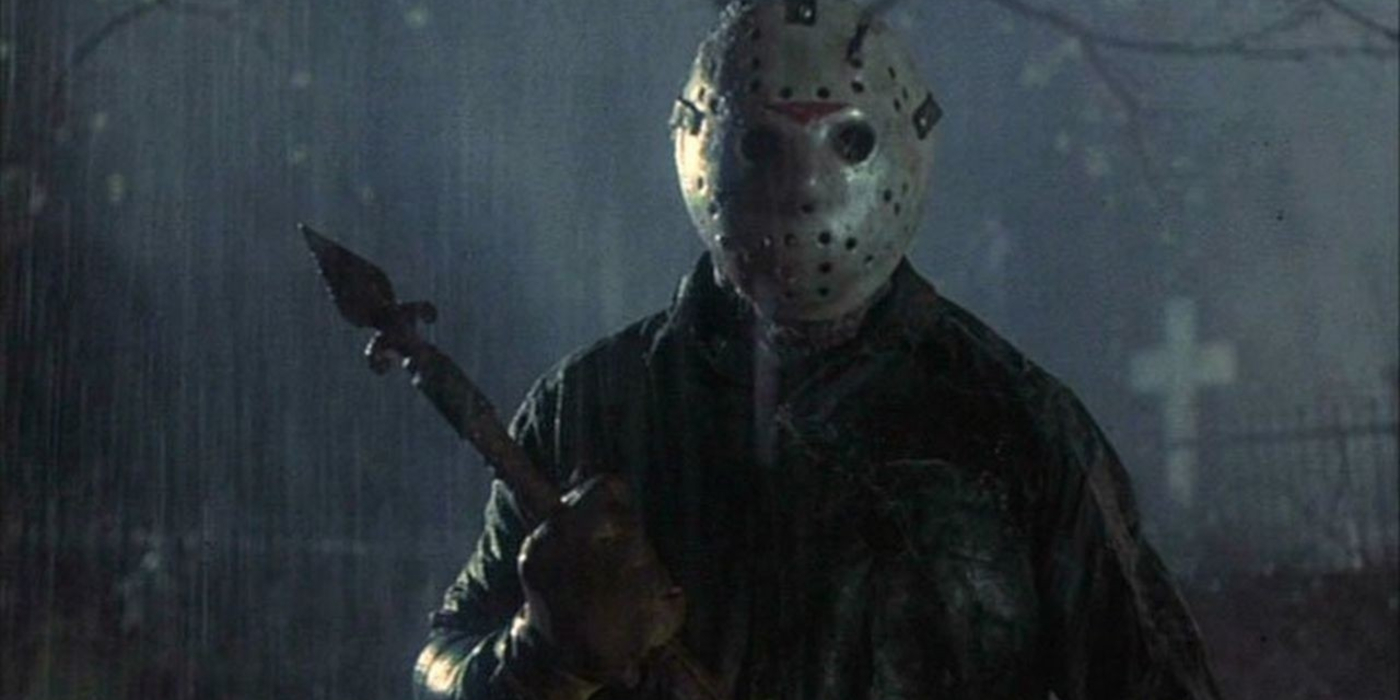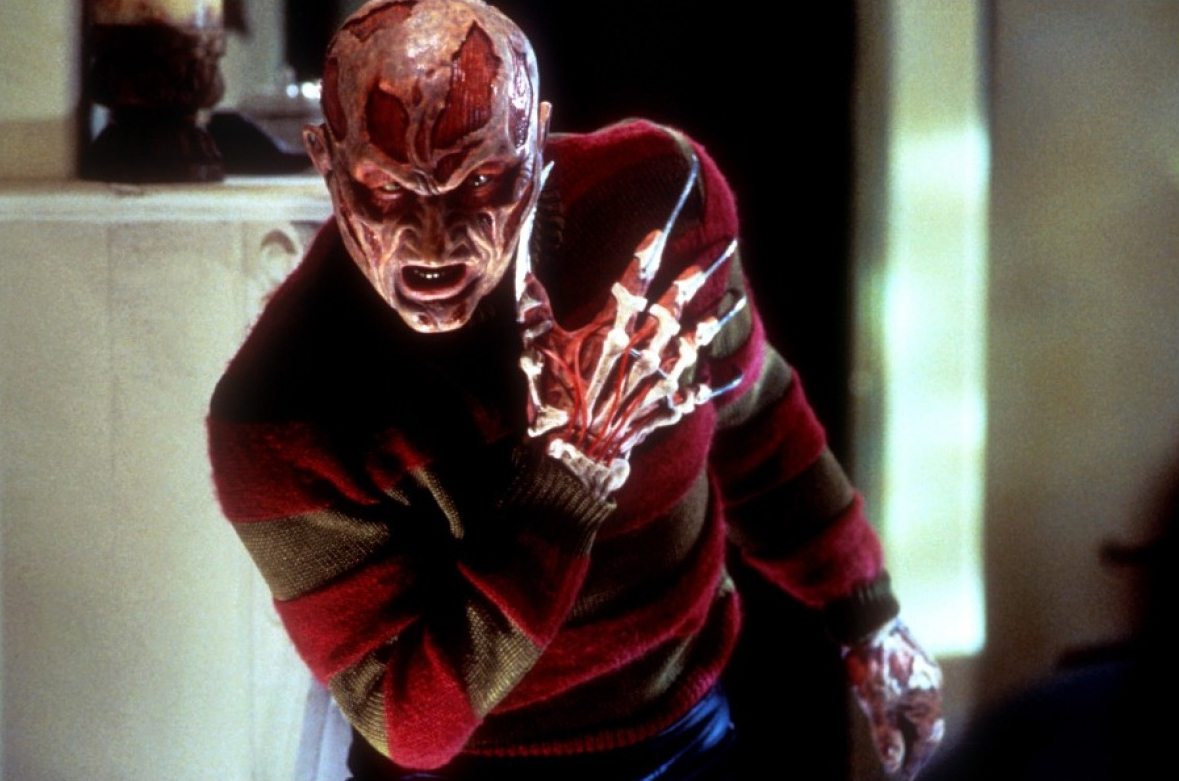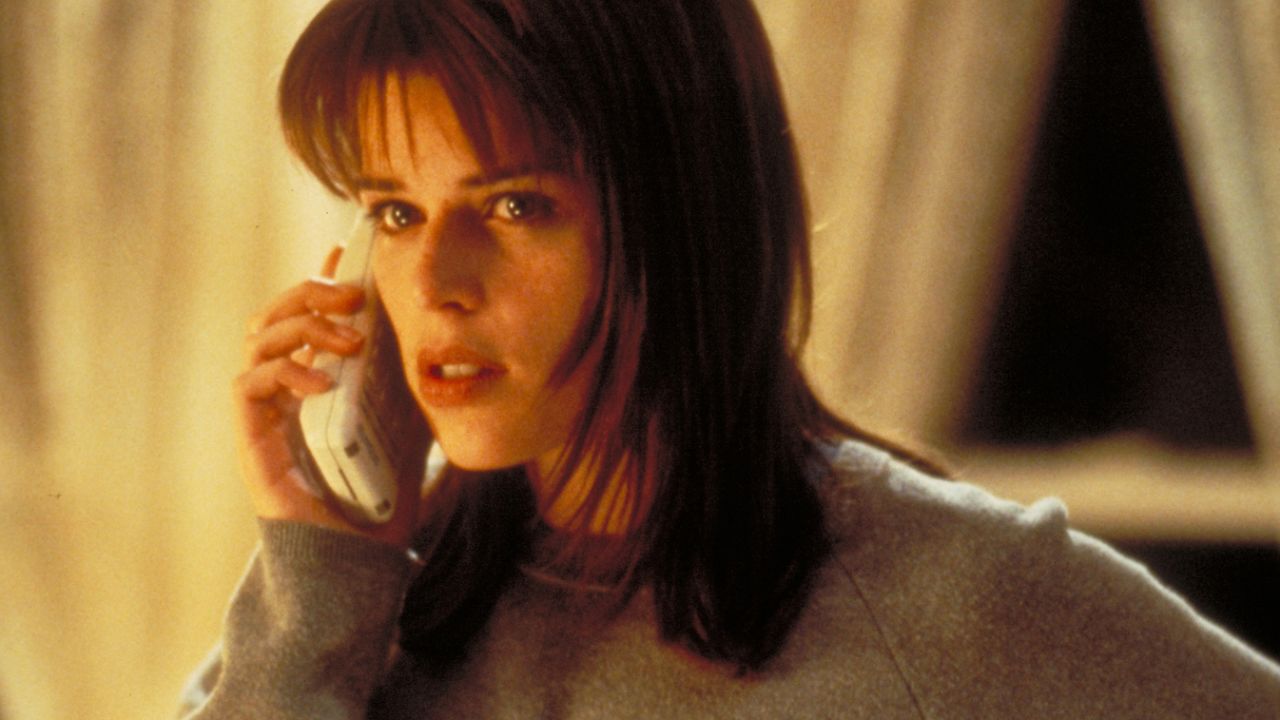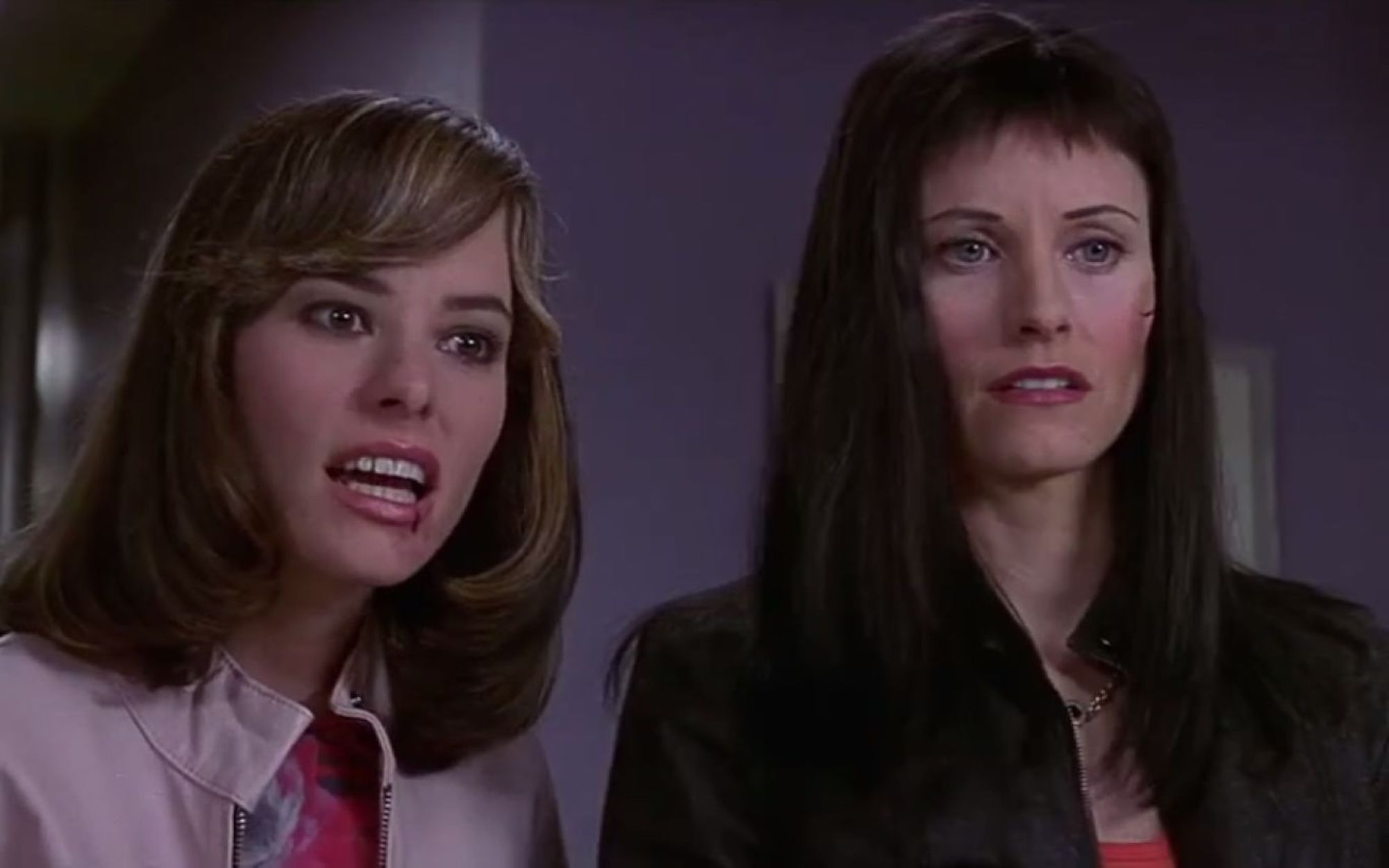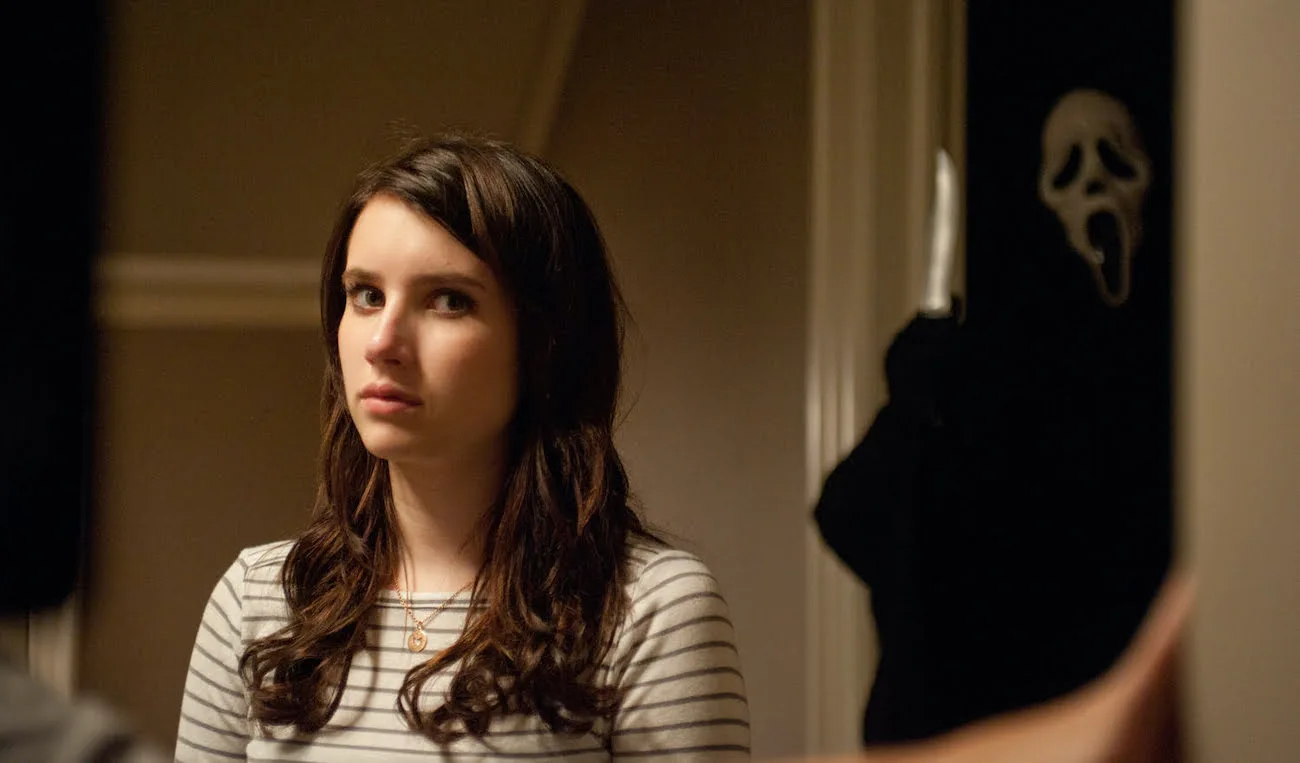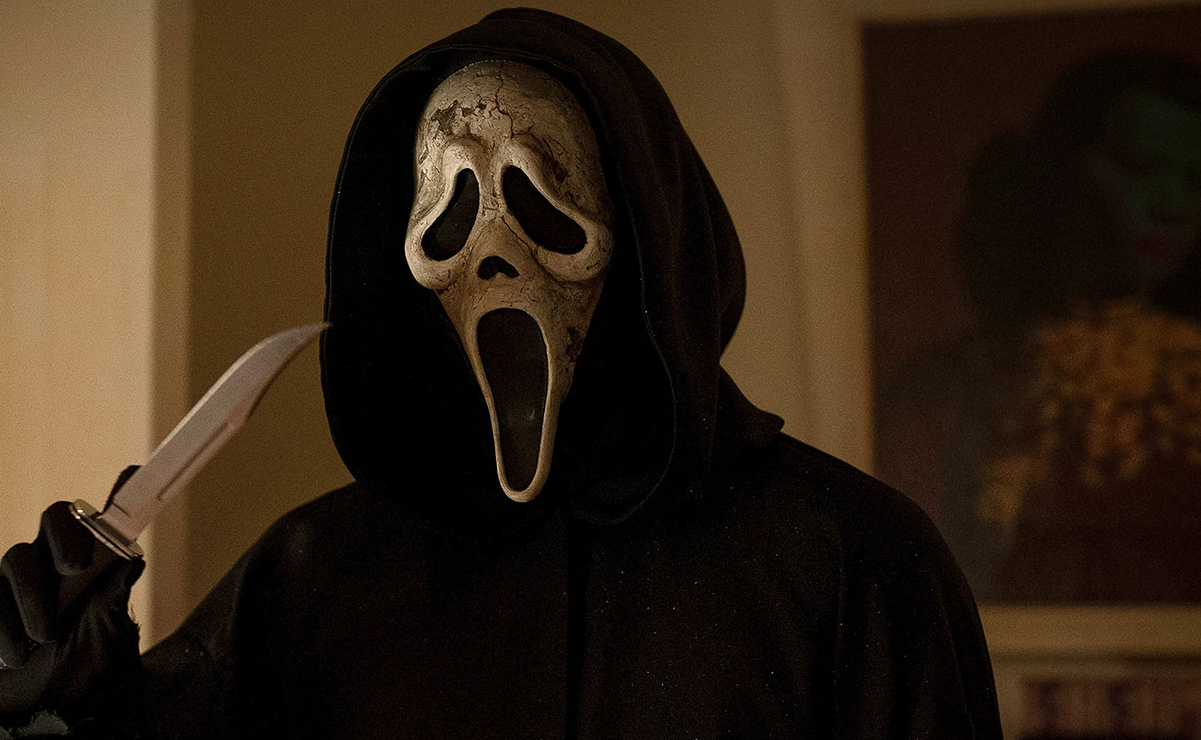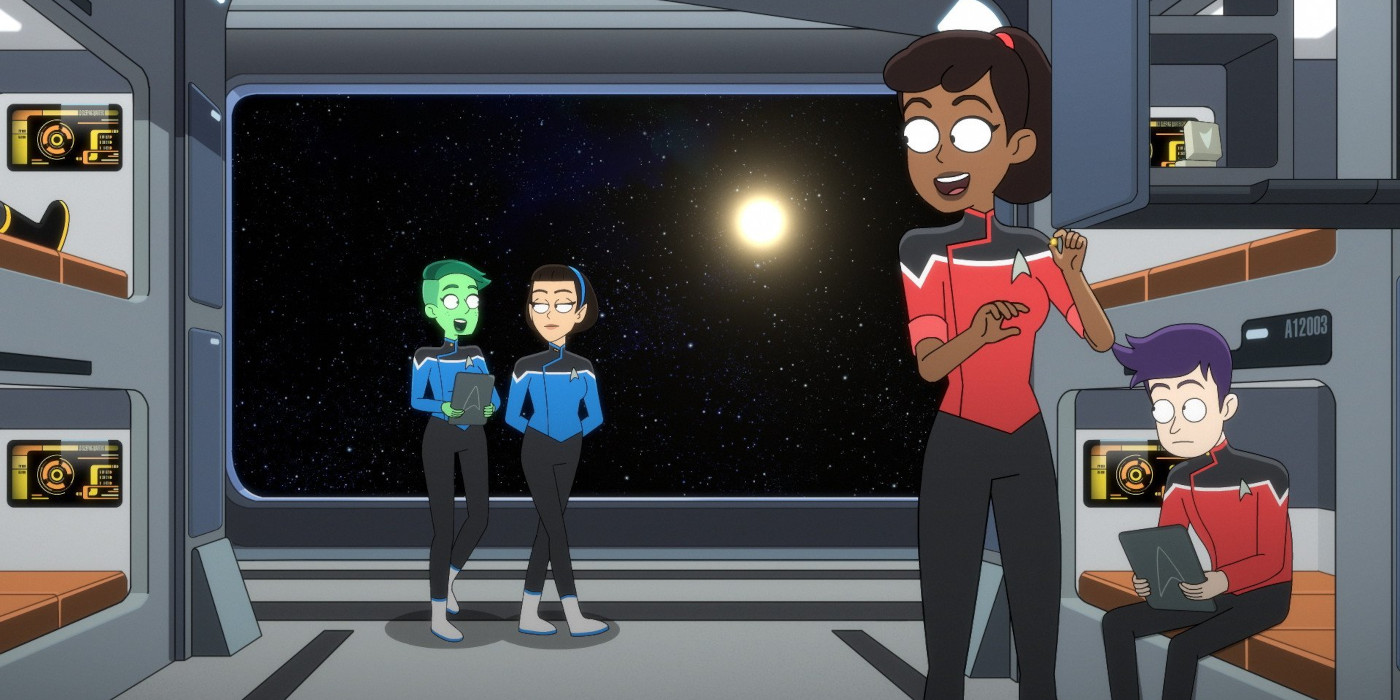‘Scream’ and the Evolution of Metatextual Horror
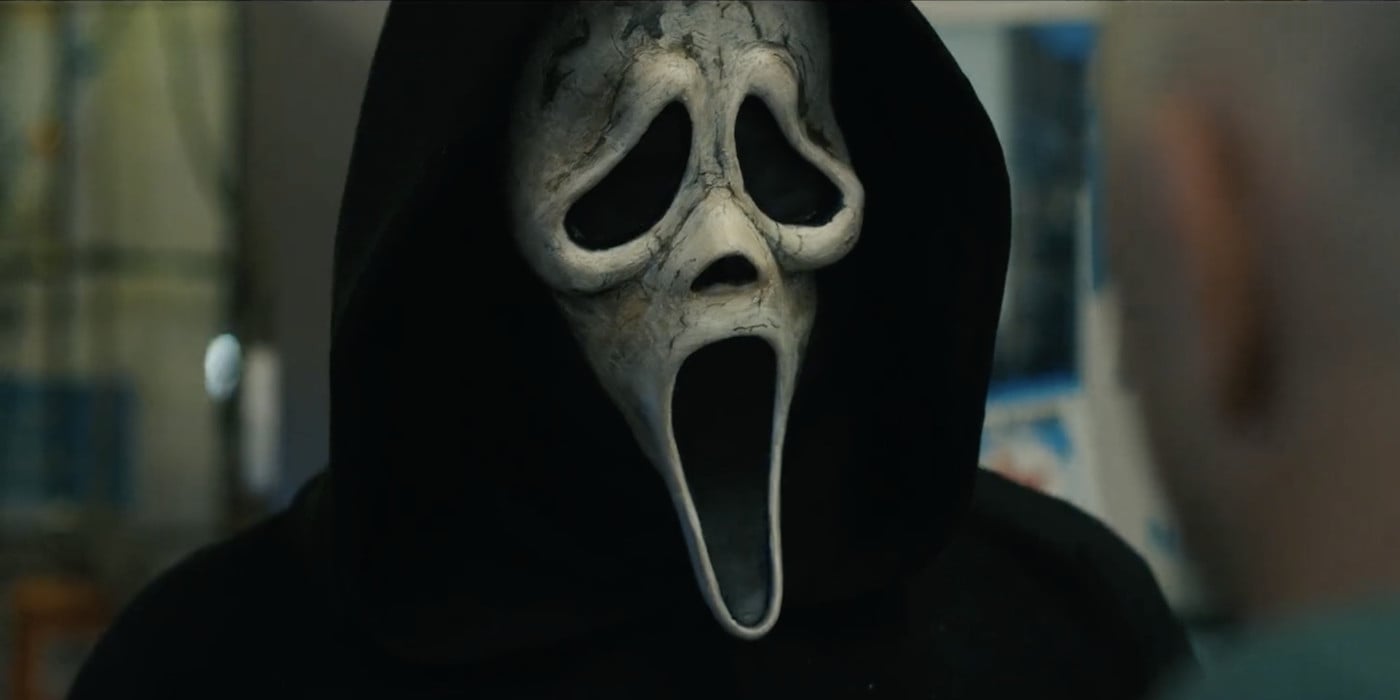
Wes Craven is not the inventor of self-referential horror movies. But 1996’s Scream popularized them. And things only grow from there.
The rules of horror movies are well known. Don’t go anywhere alone. Don’t have sex or do drugs. And under no circumstances utter the phrase “I’ll be right back”. Depending on how long you’ve been a horror fan dictates which movie screen you first yelled things like “don’t go in there, idiot” or “call the police” at varies wildly.
But the movie franchise everyone knows that screams these rules within its own collective runtime is, well, it’s Scream.
The horror genre is always evolving. It’s changing to match the real-life horrors of the actual world. And trends do come up. The 1970s loves psychological horror. The 1980s is a gorefest. And the 1990s… well they take a while to figure themselves out.
Because as beloved as 1980s horror both was and is, there’s a glut of it. The advent of home video normalized cheap-o, shot on video sleazefests. And as fun as those are, people were kind of over it by the time the ball dropped and 1989 became 1990.
Scream comes out in 1996. And while it changes everything, it doesn’t change things alone. So, before we talk about the game-changer in chief, let’s see what got us there.
Before Scream: 1980s Edition
There are a lot of places where we can see the pivot towards self-referential horror, but for the sake of brevity, we’ll focus on two ’80s horror movies and two from the ’90s. To get it out of the way: yes, Scream pays a lot of homage to Halloween, but we’re focusing on the meta, self-referential fare here.
The 1980s loves gore, but specifically, it loves a slasher. Slashers get so popular in the ’80s that multiple slasher franchises flourish. But there are only so many times a guy with a mask/knife glove can cut through teens like tissue paper before things get old.
This is why, after killing Jason in Friday the 13th IV: The Final Chapter and then going full sleaze with the fifth entry “A New Beginning”, the “Friday” franchise goes meta. The intro apes a James Bond movie. And the film’s sort-of protagonist, Tommy Jarvis, has experience fighting Jason and is the one laying out “the rule”. But the big thing is that the real main character is Jason Voorhees himself. And the entire point of watching him is to see the most elaborate kills possible.
Similarly, Sleepaway Camp II: Unhappy Campers takes its parent film and turns it on its ear. The first film creates a killer in the form of Angela Baker. But by the sequel, she is now the proverbial campfire story — and, like with Jason, she is the main character and the killing is the point. Sleepaway Camp II is so metatextual that its box art features a girl with a nap sack full of Texas chainsaws, hockey masks, and knife gloves.
Before Scream: 1990s Edition
One of the defining characters in Scream is Randy, precisely because he knows the rules and talks about them ad nauseum. However, Randy is not the first character in a horror movie to do this. In fact, in 1990 a bizarro monster movie about killer frogs called There’s Nothing Out There stars Mike, an obsessed horror nerd. Mike tries to use his horror knowledge to survive the mutant frog invasion.
And, of course, we cannot talk about metatextual horror without talking about Wes Craven’s first foray into the genre. In 1994, Wes Craven’ New Nightmare. After multiple Nightmare on Elm Street entries where Heather Langenkamp plays Nancy Thompson, this time she plays herself. And she’s playing herself starring in a new “Nightmare” movie no less.
“New Nightmare” is meta not only because it’s a “Nightmare” movie about the franchise’s leading actors. It asks the question: can a character like Freddy find so much popularity that he becomes real? Unquestionably this film is the last in line that leads us to Scream.
Okay, So About That Scream Movie
It’s 1996. Peter Jackson makes The Frighteners. Tim Burton makes Mars Attacks. Hellraiser, Children of the Corn, and Amityville, and all continue the straight-to-video trend. And in the middle of all that Sidney Prescott faces off against a knife-wielding killer in a ghost-face mask. And horror history turns on a dime.
Scream takes everything from the other movies we mention and not only unifies those concepts: it distills and perfects them. Randy tells the rules. Ghostface acts out every stereotypical kill in the book. And in the end “sex is bad” is writ large. Because Billy Loomis, one of our killers, doesn’t just murder for fun. He murders to punish Sidney–because her mom and his dad cheated and ruined Billy’s life in the process.
Scream also utilizes famous names like “Loomis” as a shout-out to its Halloween slasher origins. But it also cements the idea of using stunt-casting to subvert expectations. After all: no one thought Drew Barrymore would die in the first scene. Now we expect it. Scream doesn’t just lay out the rules, it also invents new ones.
And it doesn’t stop there.
Scream 2 and Scream 3
The rule for sequels is that there are no rules. All bets are off. The hero can be the villain. The body counts double. No one is safe. And Scream 2 immediately digs into that “no one is safe” part by killing the man who explains the rules himself: Randy.
But the biggest and most metatextual thing that the first two “Scream” sequels introduce is the movie-within-movie. Scream 2 introduces a franchise within a franchise: “Stab”. So poor Sidney is stuck being swarmed by fans of the movies based on her life. More on fans a little later.
And then Scream 3 takes Stab even further. Sidney and Gale Weathers find themselves interacting with the stars of the latest “Stab” movie. But Scream 3’s biggest legacy is that it plays the “everything you know about the past is wrong” card. We think we know the whole story with Sidney’s mom, but then it turns out that the current “Stab” director is Sidney’s secret half-sibling! A horror movie trope classic.
All this is child’s play, though. The really meta stuff happens next.
Scream 4 and 5
Sidney Prescott is a final girl a.k.a. the girl the killer wants most but is probably never going to kill. And for the first three scream entries, the concept of the final girl is not played with beyond acknowledging that Sidney is said final girl. And then Scream 4 happens.
Scream 4 is arguably the most divisive of the “Scream” movies–you either love it or you hate it. But the film’s biggest claim to fame is the subversion of the final girl trope–because the killer wants to be the final girl. Sidney Prescott’s cousin, Jill Roberts, is jealous of Sidney’s popularity. And so Jill hatches a scheme to frame someone else for the murders she commits so that she can become the new final girl, the new hero.
And then “Scream 5” (a.k.a. Scream) goes one further by revealing that Billy Loomis has a secret daughter, Sam, who is effectively the new “Scream” final girl. The villain’s progeny becomes the hero, complete with 2010s-era trauma.
And Scream 2022 plays one other metatextual card: it makes bad fandom the villain. The killers are people obsessed with Sidney Prescott, Gale Weathers, Dewey, and everyone else. But they hate the current state of horror. So they set out to bring back the good old days. And if you know anything about modern fandom, you know that the 2022 “Scream” does a good job of sending it up.
Scream 6 and Nostalgia Horror
Scream 6 is not out as of this writing, so we’re kind of fumbling around in the dark here on where it’s going or how it fits. But if there’s a word that best describes the evolution of meta-horror in the last 10 years, the word is “nostalgia”. The Halloween franchise, which inspired Scream, typifies this. So much of the most recent Halloween trilogy plays into and subverts our expectations through nostalgia.
One of the most successful horror TV shows of all time Stranger Things is all about feeding nostalgia. The look, the actors, the music–they all invoke the 1980s, an era drenched in horror-defining tropes. That entire series is meta-text as nostalgia.
And wouldn’t you know it? Scream 6 is set in New York City. We talked about Friday the 13th earlier and one of the most famous missed opportunities in horror history is Friday the 13th Part VIII – Jason Takes Manhattan. Whatever else Scream 6 ultimately does, it both plays on the metatextual nostalgia of that “Friday” entry while seeking out to correct/improve upon it.
And that is how Scream happened, how it changed horror, and maybe even where it’s going next.

